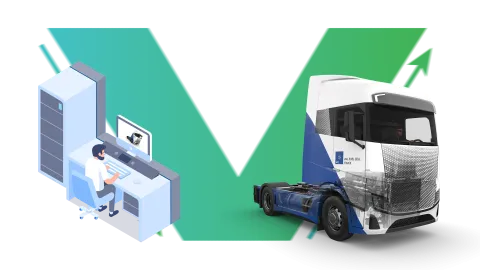
The development of fuel cell systems for mobile and stationary applications is supported by virtual twins throughout the process. The application range spans from the early concept layout and design, up to the virtual testbed featuring a seamless transition between real hardware and virtual prototypes. In order to efficiently reduce development time and costs, virtualization demands for consistent and scalable simulation models. Physical-based system simulation is a key enabler to achieve the required accuracy, consistency and extrapolation capabilities for the full range of applications. Hard real-time capability is a must for SiL / HiL applications.
The use of virtual twins in SiL and HiL environments, especially in FCCU calibration, is the ultimate test for the underlying model. It requires highest accuracy, robustness and computational performance with hard real-time capability. At AVL, our simulation software is developed by engineers for engineers. The software is used in development departments to create virtual twins to efficiently support the development process. This webinar will provide insight into various aspects of both simulation software development and engineering for fuel cell systems, highlighting the mutual benefits of the two disciplines under one roof.


